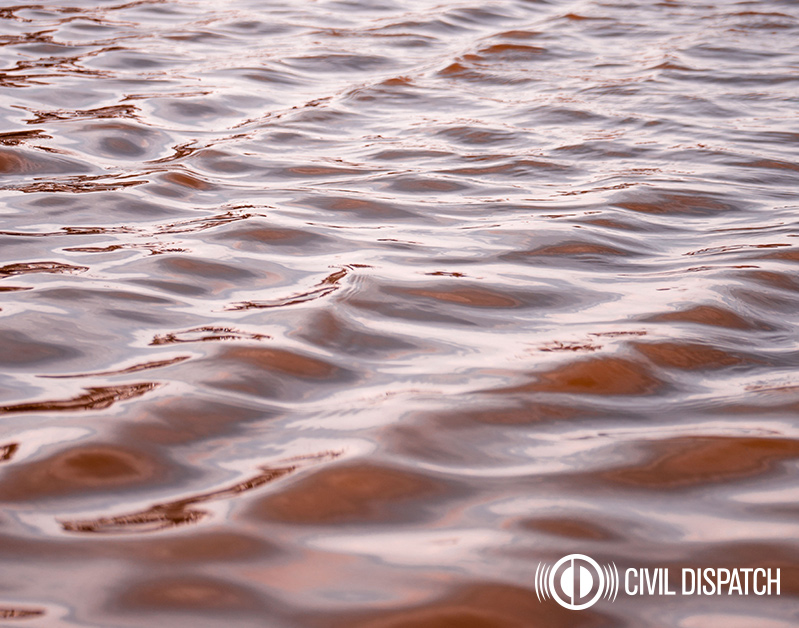
Tornadoes, wildfires and hailstorms, oh my. The U.S. has seen its fair share of severe weather over the past few months, but Mother Nature isn’t quite finished. For southwestern states, monsoon season officially began. Just ask Arizonans
What is a monsoon?
The North American monsoon is a pattern of increased thunderstorms and rainfall over southwestern U.S. states, such as Arizona and New Mexico, and northwestern Mexico.
When is monsoon season?
Monsoon season typically begins in July and lasts until September. The season is fueled by arid daytime heat building into late afternoon thunderstorms. The storms usually dissipate by late evening only to build again the next day.
What happens during a monsoon?
Monsoons are associated with strong winds. Since they occur in dry states, these high winds typically stir up dust and cause a dust storm that can lead to road and airport closures due to dramatically decreased visibility. Rapid winds can also cause flying debris. Thunderstorms during monsoons normally cause heavy flooding.
Just like with any other natural disaster, it is important to prepare for monsoon season and review safety tips so that you are ready when the storm strikes.
Monsoon preparedness tips
Build an emergency kit.
The Arizona Emergency Information Network recommends all residents build an emergency kit prior to the start of monsoon season, but it’s not too late to start. It recommends storing three days worth of non-perishable food and water, a first aid kit, extra clothing, a whistle, necessary items for senior citizens, infants and pets, and more. Building a preparedness kit is extremely important for monsoon prep.
Driving safely during storms.
This tip is fairly simple and easy to remember: do not drive during monsoons. Dust storms decrease visibility. If you’re driving when a storm hits, turn your headlights on, slow down and find a safe place to pull over. Make sure you’re far away from the road as possible. Heavy rain can cause tires to hydroplane, so be careful driving at higher speeds. Never drive on a flooded street. Rushing rainwater can be stronger than a car and can cause the car to float away. If you do happen to get stuck in a wash, call 911.
Know your flood evacuation plan.
If flooding unexpectedly threatens your home and you have to leave immediately, remember the Five P’s: people and pets, papers (important documents like passports and social security cards), prescriptions, pictures and personal phone/computer.
However, if you live in a high-risk area or there is time to prepare, there are a few other things you can do. Consider purchasing flood insurance since normal property insurance does not cover flood damages. Try to elevate your furnace, water heater and electrical panel as high as you can. This will (hopefully) prevent you from having to replace them. It is also important to call a family meeting and discuss your formal evacuation plan which should include information such as where you will go, how you will get there and multiple routes you can take.
Evacuate safely.
Should you ever find yourself needing to evacuate, quickly get to safe ground. However,write a note and tape it high on the walls so others know you left and where you are going before you leave. On your way out, check with neighbors and see if anyone else needs a ride.
If you haven’t already, sign up for text messages from Civil Dispatch to get up-to-date information on threats and severe weather in your area!